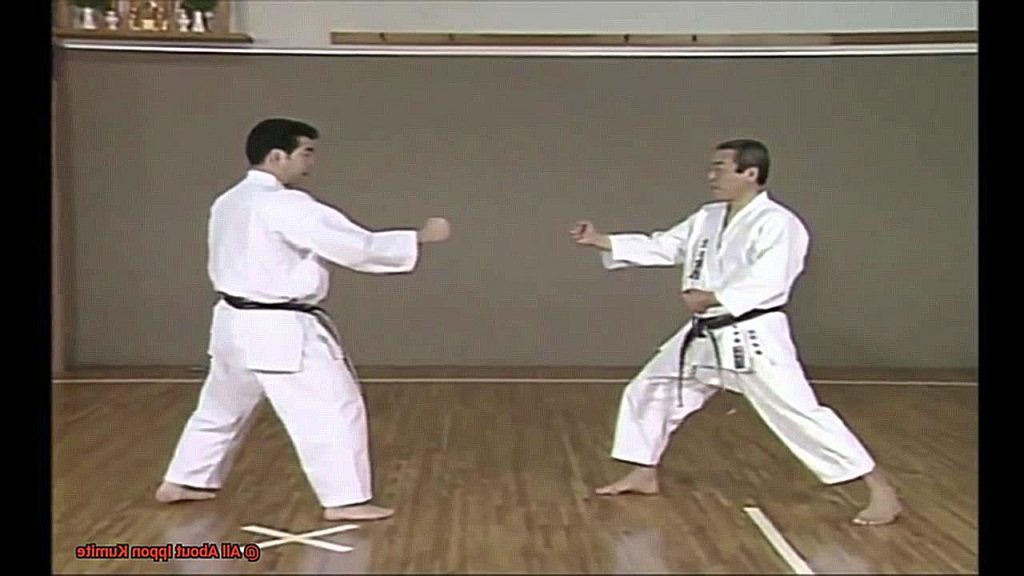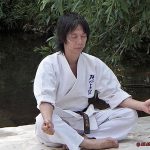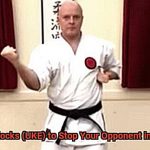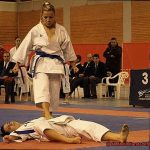Are you a martial arts enthusiast who’s always on the lookout for exciting combat forms?
Look no further than Ippon Kumite, a high-intensity sparring match that will leave you breathless. Ippon Kumite is a thrilling karate tactic that pits two fighters against each other with the aim of scoring a single, decisive point.
Unlike other karate tournaments, Ippon Kumite is all about fast and impactful action, with one flawless strike determining the winner. The beauty of Ippon Kumite lies in its simplicity.
Novices and experienced fighters alike can execute techniques seamlessly, making it an accessible form of competition. The intense nature of the game packs a punch, with the champion receiving the ultimate reward – a sense of achievement and fulfillment from mastering an extraordinary ability.
Participating in Ippon Kumite also teaches important values like discipline, persistence, and strategic thinking. In this blog post, we’ll dive deep into the world of Ippon Kumite.
We’ll explore its methods, rules, and history to help you refine your skills and become a true master of this exciting form of karate. Whether you’re an experienced fighter or just curious about the game, our comprehensive guide has got you covered.
What is Ippon Kumite?
Ippon Kumite is a prearranged sparring exercise that involves one attacker and one defender, allowing karate practitioners to practice their techniques in a safe and controlled environment.
During Ippon Kumite, the attacker performs a predetermined attack, and the defender responds with a predetermined defense, with the ultimate goal of developing speed, power, timing, and accuracy in both offensive and defensive techniques. The word “ippon” means “one full point” in Japanese, which refers to the highest point awarded in a karate competition.
To earn an ippon in Ippon Kumite, the defender must execute a counter-technique that could have resulted in a knockout or incapacitation if performed with full force. Alternatively, an ippon can be awarded if the defender executes a technique that forces the attacker to retreat or lose balance.
Ippon Kumite is usually practiced with a partner, but it can also be done solo. Solo Ippon Kumite involves performing both attack and defense techniques one after the other without a partner.
This type of training allows karate practitioners to focus on their own technique and form. To ensure safety and fairness during Ippon Kumite, there are specific rules that must be followed.
For instance, strikes must be pulled or stopped just before they make contact with the opponent’s body. Any excessive force or contact could result in disqualification or injury.
Attacks must be realistic and effective, while defenses must be appropriate for the type of attack being performed. Overall, Ippon Kumite plays a significant role in traditional karate training by allowing practitioners to hone their skills and develop their technique in a controlled environment.
Practicing Ippon Kumite regularly enables karate practitioners to become more confident and skilled fighters who are ready to face any challenge that comes their way.
Rules of Ippon Kumite
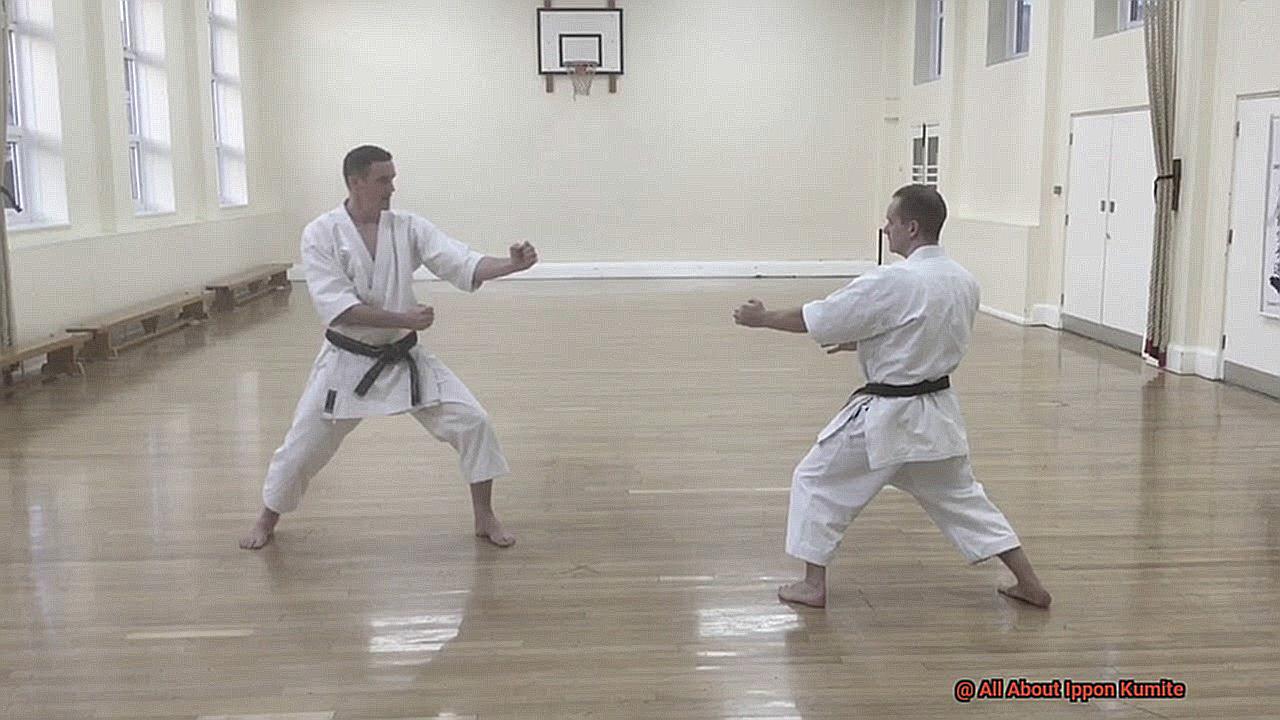
Ippon Kumite is a sparring technique that involves one attacker and one defender.
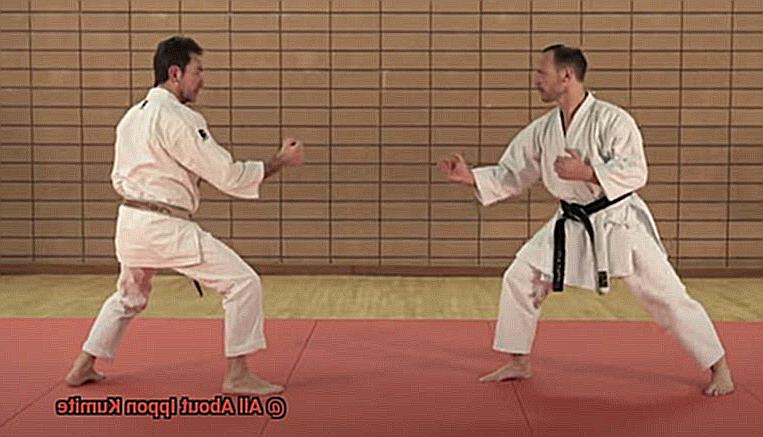
The defender’s goal is to block or evade the attack and counterattack with a single decisive technique that would be enough to end the fight, known as an ippon. To ensure safety and fairness during the match, specific rules must be followed.
Firstly, both the attacker and defender must bow to each other as a sign of mutual respect before the match starts. The attacker must begin the attack by shouting “kiai” loudly before launching the strike, and the defender must respond with their own kiai while blocking or evading the attack.
The judges award points based on the effectiveness and precision of the techniques used by the defender. A clean and controlled ippon technique executed with speed, power, and accuracy will earn the defender one full point or ippon.
However, if the technique is not decisive enough, it may only earn a waza-ari (half-point) or no score at all. It’s worth noting that there are specific target areas where the defender can execute an ippon technique, including the head, neck, torso, and abdomen.
On the other hand, kicks aimed at the legs or below the belt are prohibited in Ippon Kumite. Additionally, unsportsmanlike conduct or excessive contact will result in penalty points for the offending party.
Should the judges determine that it’s necessary for safety reasons, they may stop the match. In summary, mastering Ippon Kumite necessitates a comprehensive understanding of its rules and regulations.
How to Get an Ippon in Karate
Karate is an ancient martial art that has been practiced for centuries. One of the most sought-after achievements in karate is obtaining an ippon. But what exactly is an ippon, and how can one obtain it? Let’s explore.
Clean and Effective Techniques
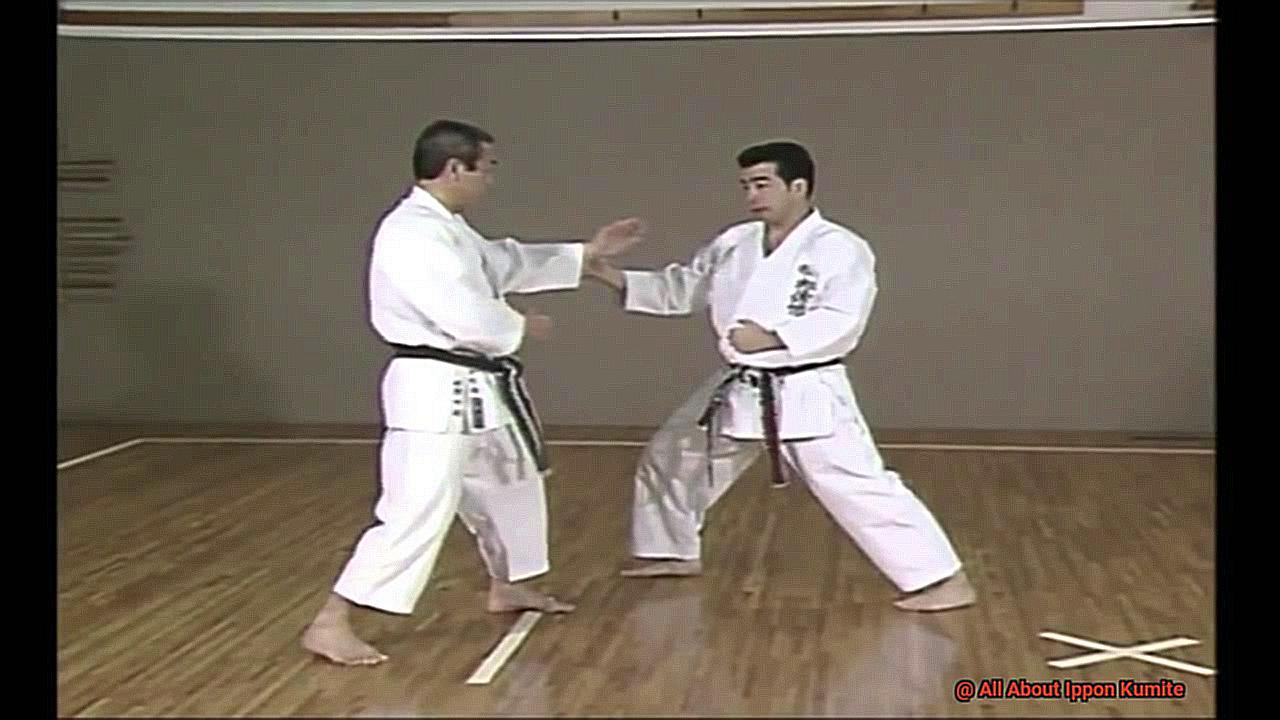
To obtain an ippon in karate, the practitioner must execute a technique with precision, power, and control. This means hitting the target area with maximum impact while maintaining proper form and posture. It also involves mastering the various techniques of kumite, such as punches or kicks. However, it’s important to note that not all punches or strikes result in an ippon. The technique must be executed correctly, with proper form and timing.
Score Points
In karate, points are awarded for successful strikes or kicks to specific target areas on the opponent’s body. If a practitioner scores three points within a match, they are awarded an ippon. This means that the competitor must create an opening or opportunity for themselves to land the perfect strike.
Knockdown
A knockdown occurs when a practitioner lands a significant blow that causes their opponent to fall to the ground. If the opponent does not get up within ten seconds, the practitioner is awarded an ippon. This requires a high level of skill and accuracy in executing strikes and throws.
Disqualification
In some cases, an opponent may commit a foul or violate the rules of kumite, resulting in disqualification from the match. In this scenario, their opponent would be awarded an ippon.
It is crucial to note that not all techniques are allowed in kumite, depending on the style of karate being practiced. For example, punches to the head are not permitted in some styles of karate, while others allow them with protective gear. Therefore, practitioners must be aware of the rules of kumite and understand which techniques are allowed in their specific style of karate.
So, obtaining an ippon in karate requires dedication, practice, and a mastery of techniques. It involves performing clean and effective strikes or kicks while being aware of the kumite protocol and rules. With perseverance and determination, any karate practitioner can achieve this coveted achievement in kumite.
Types of Kicks Allowed in Ippon Kumite
There are two types of kicks permitted in Ippon Kumite: Jodan Kicks and Chudan Kicks.
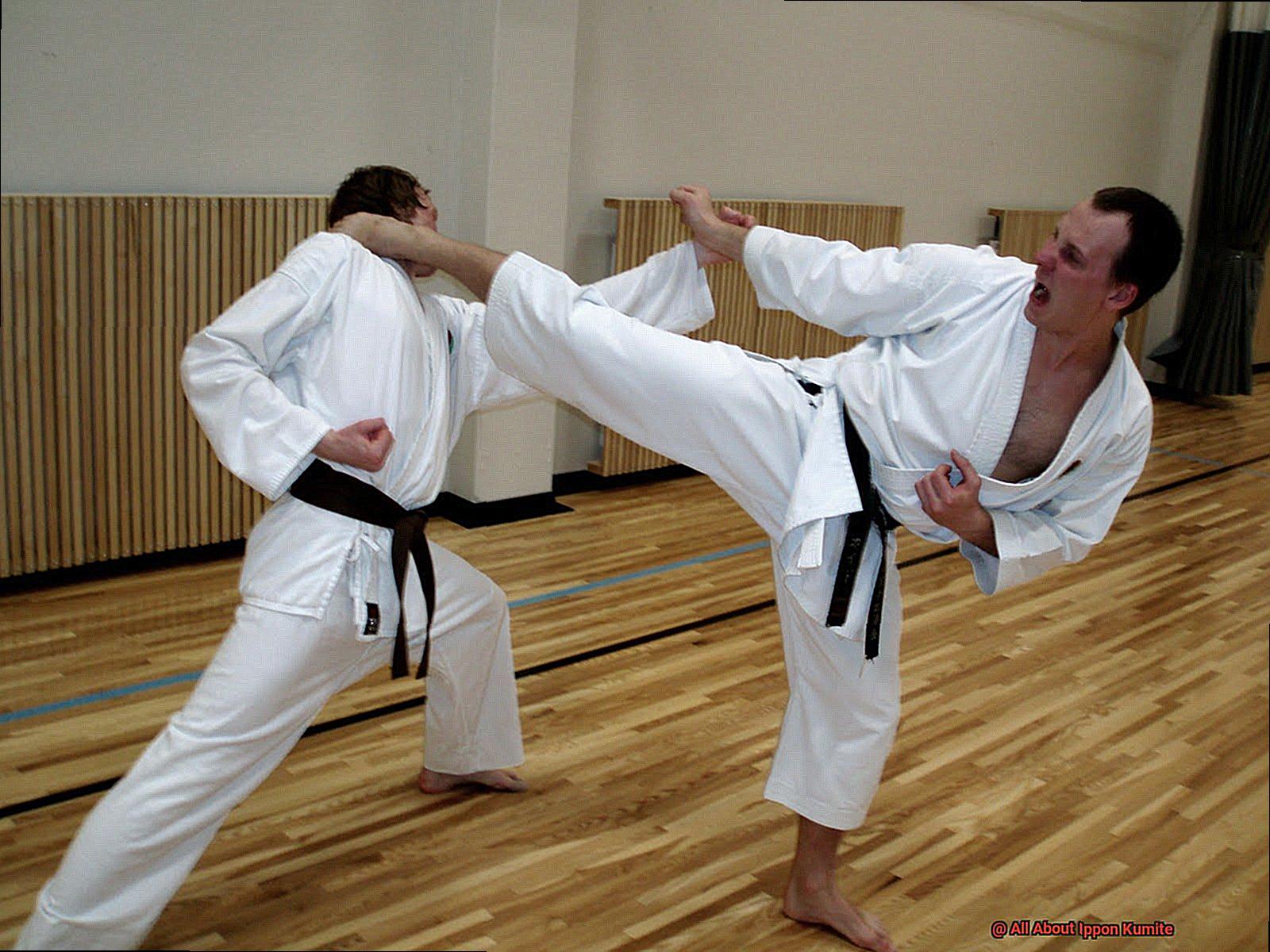
Jodan Kicks are high kicks that target your opponent’s head and neck region. They require precision and skill to execute correctly, making them less commonly used in Ippon Kumite.
However, if executed correctly, they can be incredibly effective. A well-timed Jodan Kick can catch your opponent off guard and result in a score.
On the other hand, Chudan Kicks are low to mid-level kicks that target your opponent’s chest, stomach, and legs. These kicks are more commonly used in Ippon Kumite as they are easier to execute than Jodan Kicks.
Some examples of Chudan Kicks include Mae Geri (front kick), Mawashi Geri (roundhouse kick), and Yoko Geri (sidekick). With practice, Chudan Kicks can be just as effective as Jodan Kicks.
It’s essential to note that not all types of kicks are allowed in Ippon Kumite. Kicks to the groin or knees are strictly prohibited as they can cause severe injury to your opponent.
Similarly, spinning or jumping kicks are not permitted in Ippon Kumite as they are difficult to control and may result in unintended contact with your opponent. In conclusion, Ippon Kumite allows for a limited number of kicks aimed at specific areas of your opponent’s body.
Benefits of Practicing Ippon Kumite
This technique offers numerous advantages to practitioners, making it an excellent addition to any karate workout routine.
Firstly, practicing Ippon Kumite is an excellent way to improve your reflexes and reaction time.
This dynamic practice involves quick movements and reactions, enabling you to respond quickly and effectively in real-life situations. As you become more proficient in Ippon Kumite, your reflexes will improve, giving you a valuable tool for life.
Secondly, Ippon Kumite is all about timing and accuracy. Practicing regularly will hone these skills, enabling you to deliver strikes with precision and efficiency. This means you’ll be able to land strikes on your opponents more accurately, making you a formidable foe in any fight.
Thirdly, Ippon Kumite is a physically demanding practice that requires strength, speed, and endurance.
Regular practice can help to increase overall physical fitness levels, including cardiovascular endurance, muscle strength, and flexibility. This means that not only will you be healthier and more fit than ever before, but you’ll also be up for whatever challenge life throws at you.
Fourthly, practicing Ippon Kumite can build confidence and self-esteem. As you become more proficient in this technique, you’ll gain confidence in your abilities and develop a sense of self-esteem. This can translate into other areas of life where confidence and self-assurance are important.
Finally, practicing Ippon Kumite requires intense concentration and mental focus. Regular practice can help to develop discipline and focus, which can be applied to other areas of life as well. This means that you’ll be able to remain focused on your goals and hit them with ease.
So, practicing Ippon Kumite offers numerous benefits for karate practitioners. From improving physical fitness levels to developing mental focus and discipline, there are many reasons to make Ippon Kumite a regular part of your karate practice routine.
Tips for Successful Ippon Kumite Sparring
Then you need to master the art of sparring. Here are seven tips to help you succeed in this crucial aspect of karate training:
Train Regularly:
Consistent practice is key to success in ippon kumite. You need to work on your skills and build your confidence through regular training.
Focus on Techniques
Your technique is crucial in ippon kumite. Make sure you execute your moves with precision and accuracy to score points and avoid losing them.
Study Your Opponent
Understanding your opponent’s strengths and weaknesses is critical in developing an effective strategy to defeat them.
Stay Calm
The pressure of ippon kumite can be overwhelming, but it’s essential to remain composed during the match. This will help you make better decisions and execute your techniques more effectively.
Keep Moving
Movement is vital in ippon kumite. Use footwork to create openings in your opponent’s defense, while avoiding getting trapped in one spot, which can lead to losing points.
Develop Good Timing
Timing is everything in ippon kumite. You need to know when to attack and defend, and this requires good timing. Practice drills that focus on developing your timing skills.
Maintain Proper Distance
Maintaining the right distance from your opponent is critical in ippon kumite. You should be close enough to execute your techniques effectively but far enough away to avoid getting hit by your opponent’s strikes.
By following these tips, you can improve your ippon kumite sparring skills and become a better karate practitioner. Remember, consistent practice is key, so keep training and stay committed to your goals.
rYoY0J4MQSg” >
Conclusion
In conclusion, Ippon Kumite is not just another form of karate, it’s a thrilling and dynamic martial art that requires dedication, experimentation, and a mastery of techniques.
By practicing Ippon Kumite regularly, you can enhance your physical fitness, mental focus, and discipline while also boosting your self-confidence. To succeed in this sparring style, you need to train hard and concentrate on perfecting your techniques.
It’s also important to analyze your opponent’s strengths and weaknesses while keeping a cool head under pressure. Continuously looking for openings in their defense and staying on the move are key strategies to prevent getting hit by their strikes.
But don’t forget about the fundamentals. Proper posture, footwork, strikes, and blocks are essential building blocks for mastering advanced techniques.
Consistently following these guidelines with dedication will make you a better karate practitioner overall.

